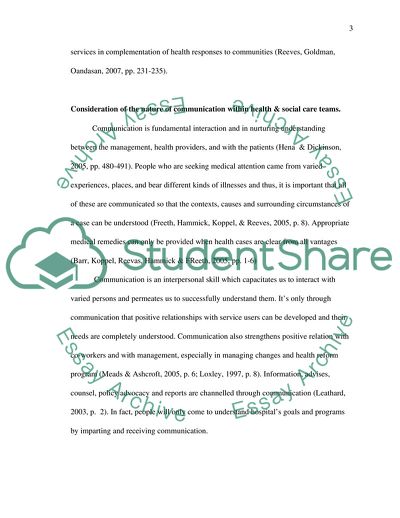Cite this document
(The Purpose,Scope and Context of Interprofessional Collaboration Essay - 1, n.d.)
The Purpose,Scope and Context of Interprofessional Collaboration Essay - 1. Retrieved from https://studentshare.org/nursing/1788222-the-purposescope-and-context-of-interprofessional-collaboration
The Purpose,Scope and Context of Interprofessional Collaboration Essay - 1. Retrieved from https://studentshare.org/nursing/1788222-the-purposescope-and-context-of-interprofessional-collaboration
(The Purpose,Scope and Context of Interprofessional Collaboration Essay - 1)
The Purpose,Scope and Context of Interprofessional Collaboration Essay - 1. https://studentshare.org/nursing/1788222-the-purposescope-and-context-of-interprofessional-collaboration.
The Purpose,Scope and Context of Interprofessional Collaboration Essay - 1. https://studentshare.org/nursing/1788222-the-purposescope-and-context-of-interprofessional-collaboration.
“The Purpose,Scope and Context of Interprofessional Collaboration Essay - 1”. https://studentshare.org/nursing/1788222-the-purposescope-and-context-of-interprofessional-collaboration.


